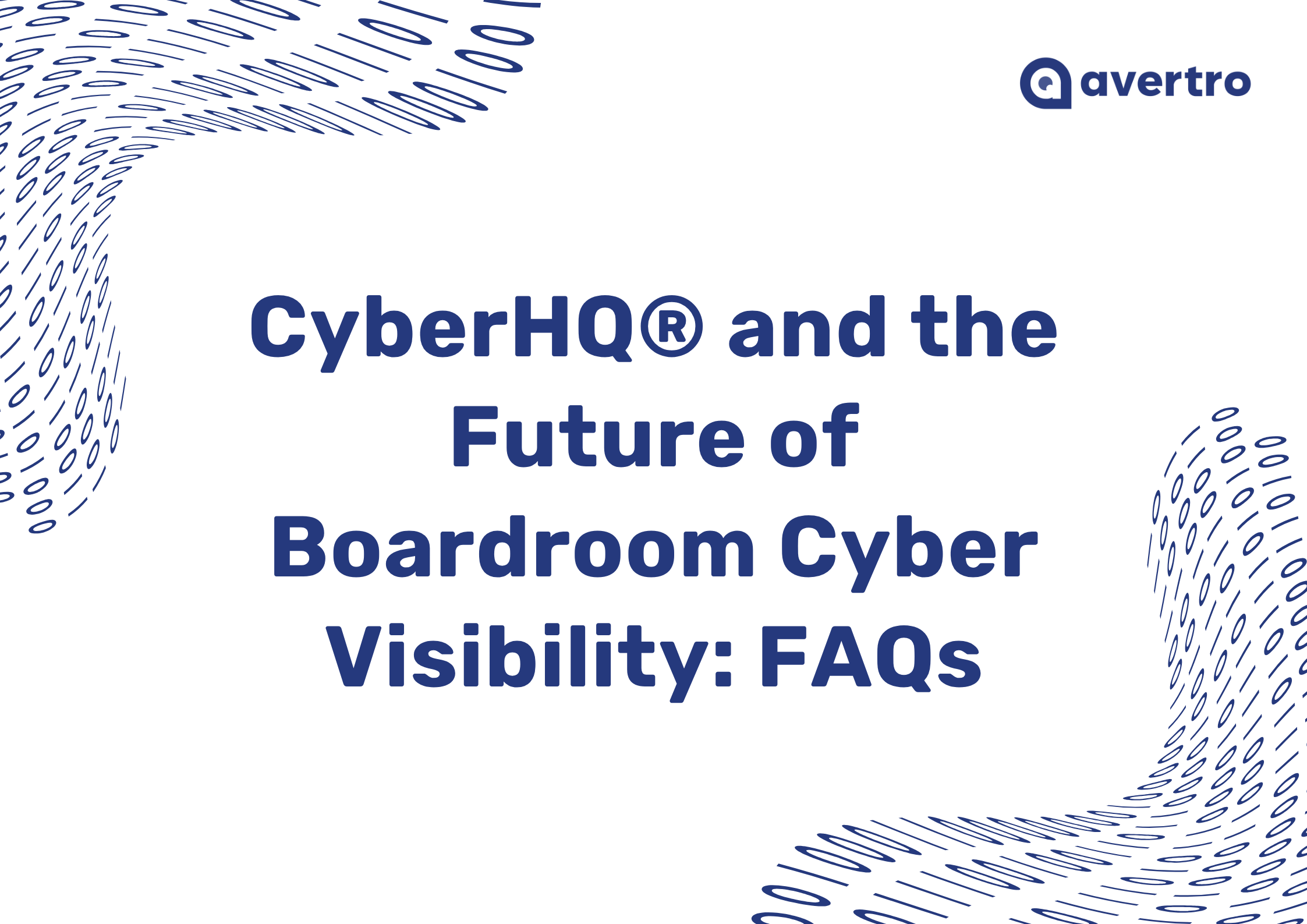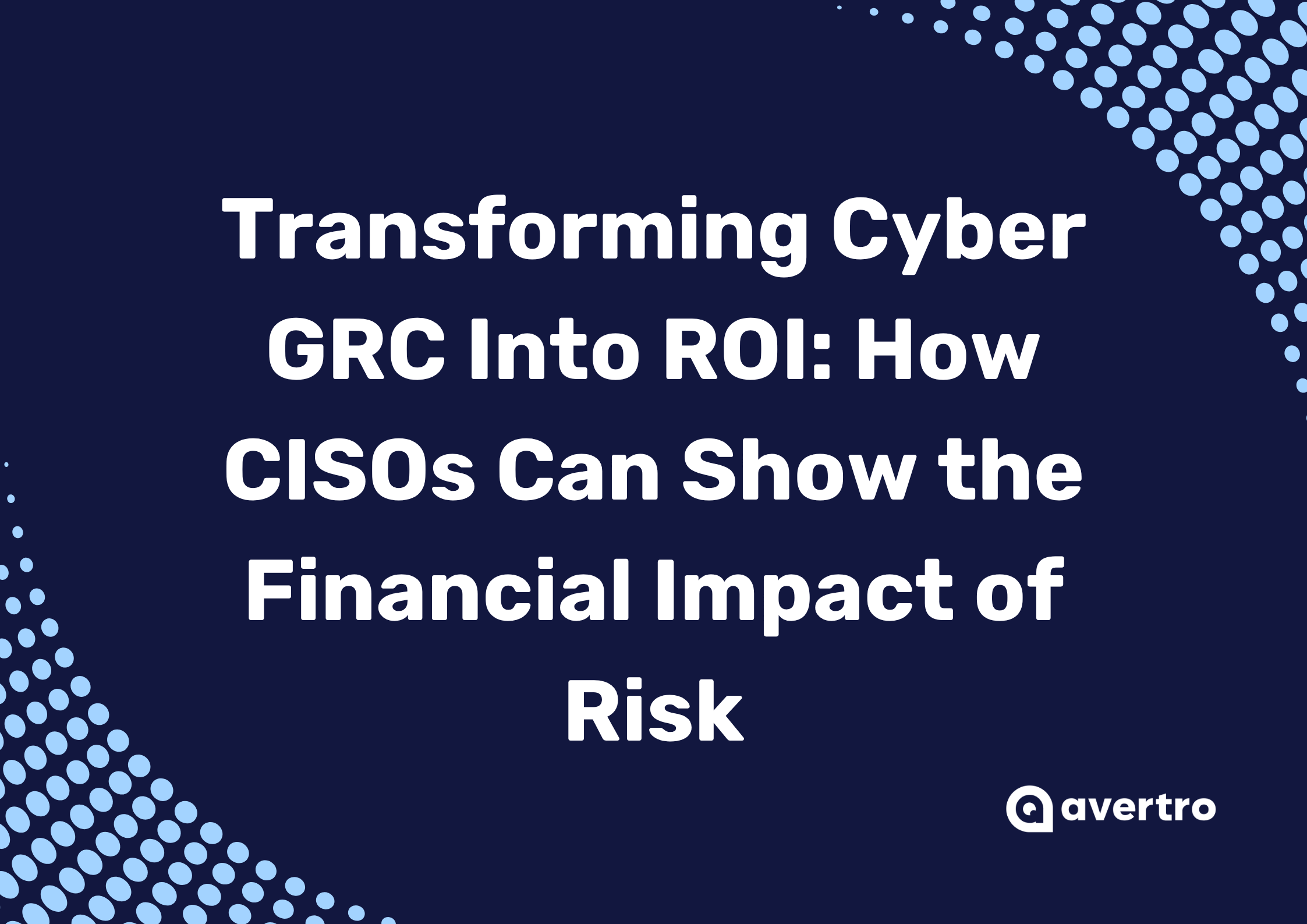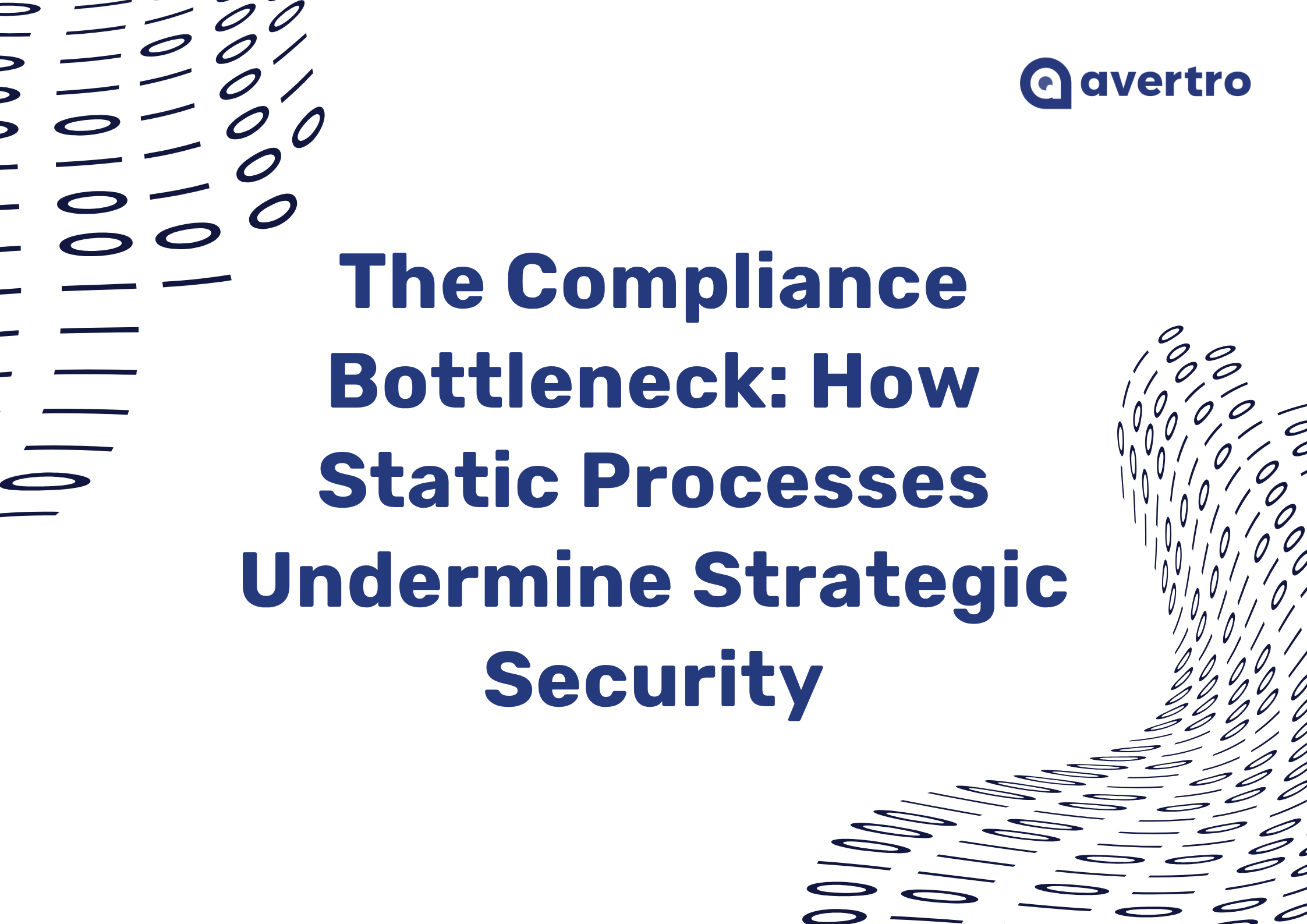1. Why is boardroom visibility so important in cybersecurity today?
The relationship between cyber risk and business risk has never been closer. Boards are directly accountable for oversight, and directors are expected to understand how cyber initiatives protect value, reduce exposure, and enable strategic growth.
Boardroom visibility ensures that cybersecurity isn’t treated as an isolated function, but as a continuous business performance metric. It allows leaders to see how investments improve resilience, where vulnerabilities remain, and which actions deliver the greatest return. CyberHQ® makes this visibility tangible, giving CISOs a single, defensible source of truth to inform executive discussions.
2. How does CyberHQ® help CISOs communicate with the board?
For many organisations, translating technical data into strategic narratives remains a barrier. CyberHQ® bridges that gap. The platform transforms complex control data, audit metrics, and risk assessments into visual, contextual insights that align with business priorities.
CISOs can use CyberHQ® to generate consistent, evidence-based reports that show trends over time, from risk movement to maturity progression. By presenting data in operational and financial language, security leaders can engage the board in forward-looking conversations about value, not just vulnerability.
3. What role does CyberHQ® play in measuring cyber maturity?
Cyber maturity is one of the most important indicators of an organisation’s resilience, yet it’s also one of the hardest to measure accurately. CyberHQ® standardises this process. It continuously calculates maturity across frameworks, control families, and business units, providing both a snapshot of current posture and a trajectory of improvement.
Unlike static self-assessments or spreadsheet models, CyberHQ®’s maturity engine integrates live data from governance, risk, and compliance activities. This means leaders can see in real time how each initiative strengthens resilience and use those metrics to prioritise resources, justify investment, and demonstrate progress to auditors or regulators.
4. Why do traditional GRC tools fall short for board-level reporting?
Traditional GRC tools were designed to manage documentation and audits, not to communicate strategic performance. They focus on logging controls and compliance evidence but often lack the context, automation, and visualisation capabilities needed for executive audiences.
CyberHQ® was built specifically for cybersecurity leaders. It integrates the same assurance and evidence-tracking features that legacy GRC systems can create but layers them with real-time dashboards, board-ready analytics, and financial quantification. The result is a platform that connects the operational reality of security with the strategic priorities of the business.
5. How does CyberHQ® demonstrate the ROI of cybersecurity?
Proving ROI in cybersecurity has traditionally been challenging because value is defined by prevention, not production. CyberHQ® addresses this by quantifying risk reduction, efficiency gains, and resilience outcomes in measurable terms.
Every control, policy, or project tracked in CyberHQ® can be linked to a financial metric, whether it’s cost avoidance from improved risk mitigation, time saved through automation, or performance uplift across key security domains. This capability enables CISOs to clearly show how cyber initiatives deliver both operational and financial outcomes that strengthen the business.
6. Can CyberHQ® support multiple frameworks and regulatory requirements?
Yes. CyberHQ® is framework-agnostic and maps seamlessly to globally recognised standards such as NIST CSF, ISO 27001, and Australia’s Essential Eight. It also supports custom frameworks, allowing organisations to align cybersecurity programs with their internal governance or industry-specific obligations.
Because all data is stored in one place, CyberHQ® eliminates duplication across overlapping frameworks. Leaders can generate multi-framework reports instantly, giving them the flexibility to satisfy regulators, auditors, and internal governance stakeholders without rework.
7. How does CyberHQ® automate reporting and reduce manual workload?
Manual reporting remains one of the biggest inefficiencies in cybersecurity governance. CyberHQ® automates evidence collection, progress tracking, and report generation, turning days of preparation into minutes.
The platform’s dashboards draw on live data from assessments, risk registers, and improvement plans, ensuring that reports are always current. CISOs can quickly export summaries tailored for boards, regulators, or internal leadership, reducing administrative burden and freeing teams to focus on execution and strategy.
8. How does CyberHQ® improve decision-making at the executive level?
CyberHQ® provides executives with a clear understanding of how cybersecurity contributes to overall business performance. By correlating risk data with investment and maturity metrics, it enables leaders to make informed, outcome-based decisions about where to invest, where to adapt, and when to escalate.
This integrated view gives the board the same quality of insight they expect from finance or operations, allowing them to plan budgets, assess trade-offs, and align cyber priorities with corporate objectives. It’s not about more data; it’s about better decisions.
9. How does CyberHQ® use threat modelling to support day-to-day CISO decision-making?
Threat modelling in CyberHQ® bridges the gap between theoretical risk and operational reality. By mapping external threat intelligence to internal controls, the platform helps CISOs see which threats are most relevant, which assets are most exposed, and where to focus limited resources.
This context allows leaders to prioritise mitigation based on impact rather than noise, turning what was once an annual exercise into an active, data-driven process. For large or complex environments, that clarity transforms daily operations, aligning detection, response, and investment decisions to the threats that matter most.
10. What does “Informed Cyber GRC” mean for modern security leadership?
Informed Cyber GRC is a connected approach to governance that links risk, compliance, and performance data directly to business outcomes. It enables security leaders to quantify maturity, demonstrate ROI, and communicate cyber posture in the same language used to discuss financial performance or operational efficiency.
CyberHQ® operationalises this approach, giving CISOs real-time visibility into how every initiative contributes to resilience and organisational value. In practice, it helps security leaders move from reporting activity to leading strategy, proving that good governance isn’t just oversight, but a measurable driver of enterprise success.
We know that every CISO faces unique challenges in proving value, improving visibility, and building trust at the board level. If you’d like to talk through your current approach or see how CyberHQ® could make it easier, connect with one of our GRC experts today Book a Meeting




.png)



